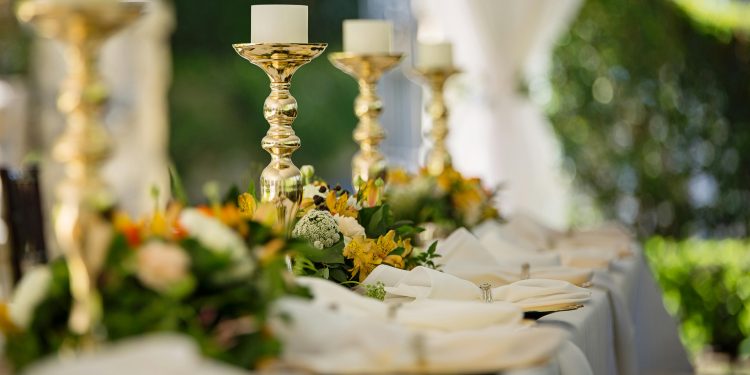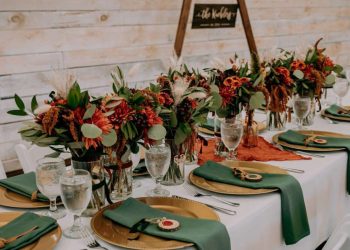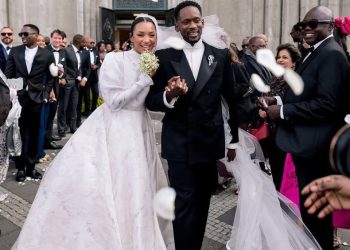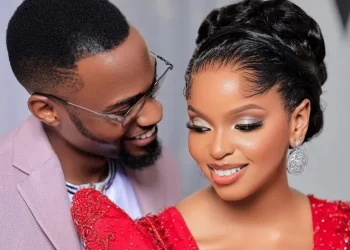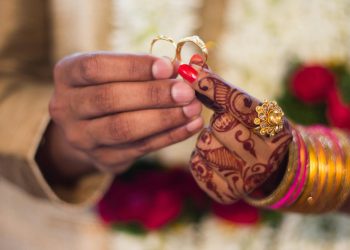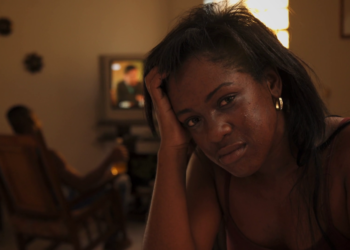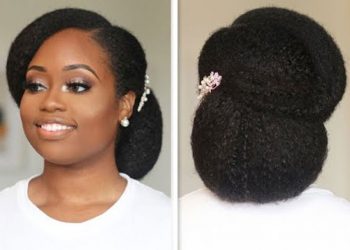1. Décor
Weddings in Uganda have always been colourful, but 2025 has taken décor to new heights, literally. Hanging floral centrepieces, floating candles, and vertical arrangements are stealing the show at many urban weddings.
Event stylist Linda Decor says clients are gravitating toward suspended blooms and cascading chandeliers that give receptions a dreamy, romantic feel. Florists are also blending fresh flowers with dried stems to create long-lasting, textured displays that feel both elegant and eco-conscious.
A strong shift toward sustainability is influencing design choices. Instead of disposable items, couples are embracing potted plants, woven grass mats, banana fibre accents, and clay pots that double as keepsakes.
Stylist Florence Nansubuga shares, “We are seeing a lot more locally sourced materials. Brides and grooms want to honour tradition and reduce waste, and that starts with choosing décor that reflects homegrown beauty.”
Colour
While earthy tones such as terracotta, olive, and soft beige are still popular, bolder choices are making their way into weddings. Bright purples, burnt orange, and jewel-toned fuchsia are being used for statement pieces, from floral arches to bridesmaid dresses.
More couples are using colour to reflect personal or cultural identity. “Some families pick shades that represent their tribe, clan, or even family crest,” explains Florence.

2. Bridal fashion
In bridal wear, timeless elegance is making a graceful return. High necklines, lace details, and puffed sleeves are being embraced by modern brides looking for modest glamour. Light fabrics such as linen are gaining traction, especially for outdoor weddings where comfort is key.
Two-piece gowns are becoming a favourite choice among brides who want versatility. Many are pairing a floor-length skirt with a fitted bodice or cropped top for the ceremony, then switching into a shorter or more playful outfit for the reception.
Designer Malaika Kyambadde explains, “It is all about freedom; freedom to dance, freedom to move, and freedom to wear the dress again for another event.”
Global trends such as layered fabrics and mini-dresses are also being adapted for Ugandan brides, often tailored to suit cultural expectations around modesty and elegance.
Bridesmaids
Kitenge and Ankara fabrics are still front and centre, but bridesmaid dress designs have become more expressive; think thigh-high slits, corset-style tops, and asymmetrical cuts.
“Bridesmaids no longer have to look identical,” says designer Tina Adoch. “Now we are mixing prints, playing with silhouettes, and using accessories such as head chains or bold earrings to make each look stand out.”
Grooms go bold
Grooms, too, are stepping up their fashion game. In place of the standard black tux, many are donning suits with rich textures such as velvet, floral embroidery, and standout accessories such as coloured bowties or patterned pocket squares.
Stylist Elvis Wamala notes, “A groom’s outfit is no longer an afterthought. We are seeing personality in every stitch, especially among younger couples.”
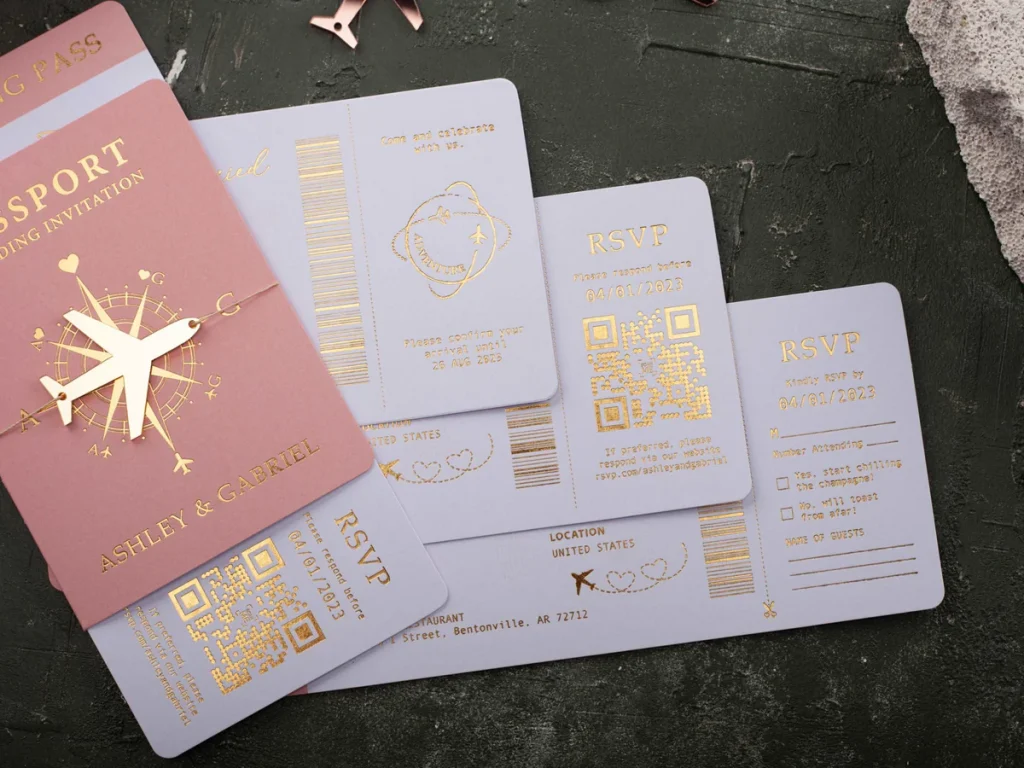
3. Tech-savvy weddings
Technology is playing a bigger role in weddings than ever before. Drones are now a staple at many outdoor weddings, offering dramatic aerial shots of the venue, the procession, and even the couple’s grand entrance.
Photographer Brian Lwanga from 360 Memories Uganda says drone footage gives weddings a “movie feel.” He adds, “Couples are investing in that ‘wow’ moment, and drone angles help them relive it from above.”
With internet access expanding, more couples are choosing digital invitations. Apps such as Canva and Zola are making it easy to create stylish, interactive cards complete with RSVP forms, venue maps, and links to gift registries.
Some couples are even using QR codes at the reception entrance. Guests can scan to find their seat number, meal choice, or access a live-stream link for those watching remotely.
Of course, not everyone is tech-savvy. “We printed a few copies for our older relatives just to be safe,” laughs newlywed Juliet Nakato, who had a semi-digital wedding last February.
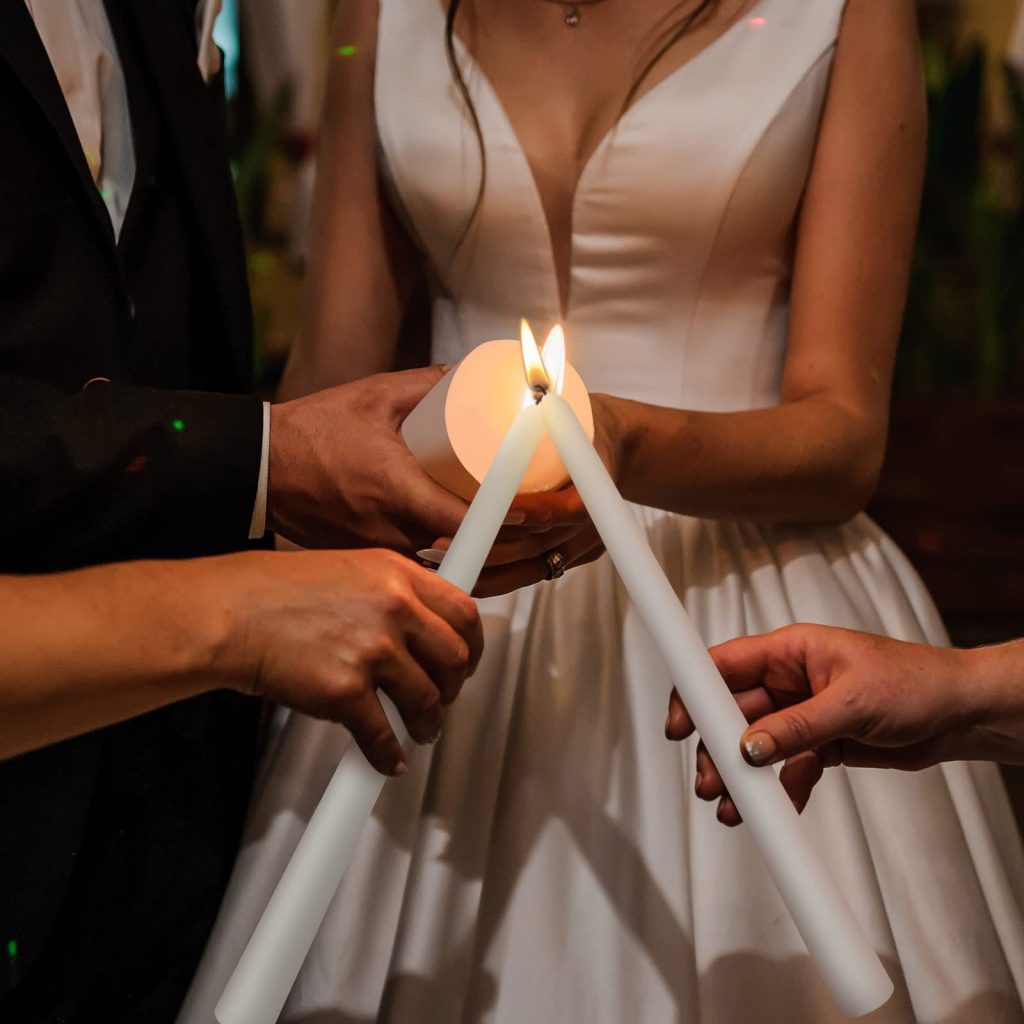
4. Personalised experiences
Weddings are no longer one-size-fits-all. Couples are weaving personal stories into every element of the ceremony, through décor, music, rituals, and even the menu.
Custom themes are on the rise, ranging from book-inspired centrepieces to nature-themed backdrops. Some couples are honouring their heritage through clan symbols, traditional drums, or fabrics such as barkcloth (Lubugo) as part of their décor.
Visual storytelling through signage or video montages is also popular. “We used projection mapping to show photos from our childhoods and courtship,” shares groom Patrick Musoke. “Guests loved it; it felt like a journey.”
Beyond the vows
Symbolic acts are replacing traditional vows in some ceremonies. Planting a tree, blending sand, or lighting unity candles are becoming powerful gestures of commitment and shared purpose.
Still, many couples are sticking to religious or traditional formats. “Personalisation does not mean abandoning culture, it is about adding meaning in a way that feels authentic,” says planner Daisy Kiggundu.
5. Entertainment
Couples are curating entertainment that keeps guests engaged beyond the dance floor. Live art is on trend, with painters capturing the ceremony in real time. Spoken-word performances, saxophone solos, and traditional dance troupes add an interactive edge to celebrations.
Reception fun has also gone digital. Augmented reality booths, TikTok challenges, and cloud-based photo sharing are adding a modern twist.
Instead of the usual wedding favours, some couples are now supporting charitable causes in their guests’ names. A card at each table explains which NGO or community project the wedding helped fund.
“This kind of giving makes the celebration feel bigger than just two people,” says Hope Amanya of The Wedding & Events Co. “It is a way to start your marriage with generosity.”
Final thoughts
In 2025, Ugandan weddings are vibrant, evolving spaces where tradition, creativity, and technology meet. While many trends shine brightest in Kampala and other urban centres, their influence is steadily spreading nationwide, with rural weddings adapting ideas in beautifully unique ways.

